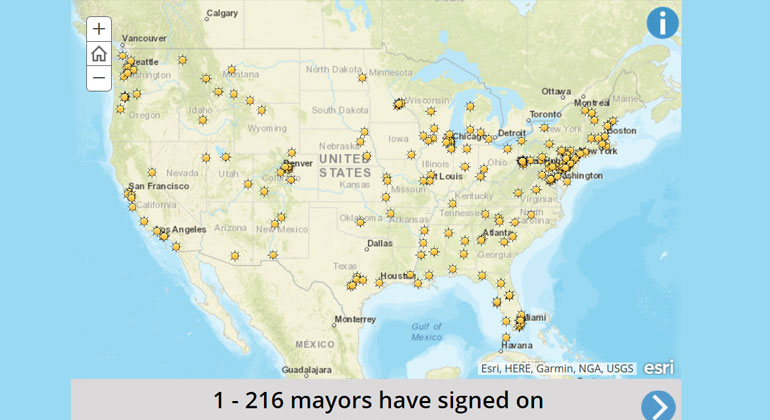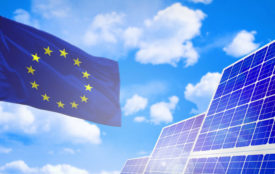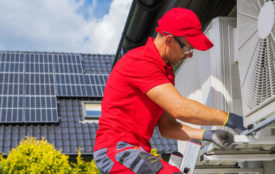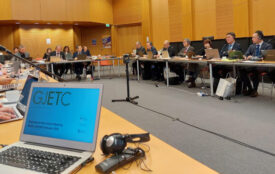From sea to shining sea, mayors call for solar
More than 200 mayors representing cities in every U.S. state have signed on to Environment America Research & Policy Center’s “Mayors for Solar Energy” letter, embracing a collective vision for solar-powered communities.
“While our federal government is promoting 19th-century energy policies, Americans can look to local governments to lead the United States’ transition to clean energy,” says Emma Searson, Environment America’s Go Solar Campaign Advocate. “Mayors across the country are rising to the challenge — thinking bigger, acting smarter, and tapping the sun for more power.”
The list of 216 mayors who signed the letter spans the political spectrum, including 25 Republicans, as well as a broad range of city sizes and budgets. Republican Mayor James Brainard of Carmel, Ind., is proud to support solar in his community and says it’s a “no-brainer” for every city to consider:
“Even as Carmel continues its substantial growth, our city is working aggressively to reduce our carbon footprint well below what it was several years ago, when we were a smaller community. Solar plays a major role in that effort, including more than 6,100 panels on four major facilities: our water treatment plant, a sanitary sewer pump station and two public parking garages in our city center. They’ll cost about $3.2 million but yield well over twice that in energy savings over the life of the panels. All this in a part of the country that hardly gets sunshine every day of the year.”
Mayor Brainard brings up a popular misconception about solar — that it’s only for consistently sunny southern cities. Vast improvements in solar panel efficiency, battery storage technology and substantial reductions in cost in recent years have all but rendered those concerns moot. The Mayors for Solar Energy letter boasts dozens of signers from northern communities such as Carmel that experience short, cold winter days. Minneapolis, for example, wants to use more solar both for public city operations and for the private community, en route to a goal of generating 100 percent of its electricity from renewable sources.
“When it comes to renewable energy, Minneapolis is not messing around. We’ve set a clear path for all municipal operations to be run on 100 percent renewable energy by 2022, and an even more ambitious goal of achieving 100 percent renewable energy citywide by 2030,” says Mayor Jacob Frey. “We are installing solar gardens on municipal buildings and working with community organizations eager to bring solar to the rest of the city. And for punctuation, we created the most aggressive solar incentives in the country for our residents, low-income multi-family buildings, businesses and nonprofits.”
Some towns, such as Red Lodge, Mont., are pursuing national programs that can help encourage solar development:
“Making solar energy more affordable and accessible in Red Lodge is one of our goals,” says Red Lodge Mayor Bill Larson. “We are presently working to become a SolSmart certified community and will be launching a Solarize campaign for residents that will allow them to adopt solar on their homes and businesses at a discounted rate. Solar energy allows us all the ability to decrease our carbon footprint, lower our energy bills, and become more self-sufficient.”
The number of signatures on the Mayors for Solar Energy letter has more than tripled since December of 2017, and Environment America Research and Policy Center says that number will continue to grow. The Mayors for Solar Energy project goes beyond the letter itself, producing resources and hosting trainings to help cities adopt more renewable energy.
“Mayors know the needs of their townspeople better than anyone,” said Searson. “They know the existing infrastructure and how to adapt it to best allow solar and other forms of clean, renewable energy to displace the fossil fuels that pollute our communities and make our families sick. These are neighbors helping neighbors to a brighter future.”








